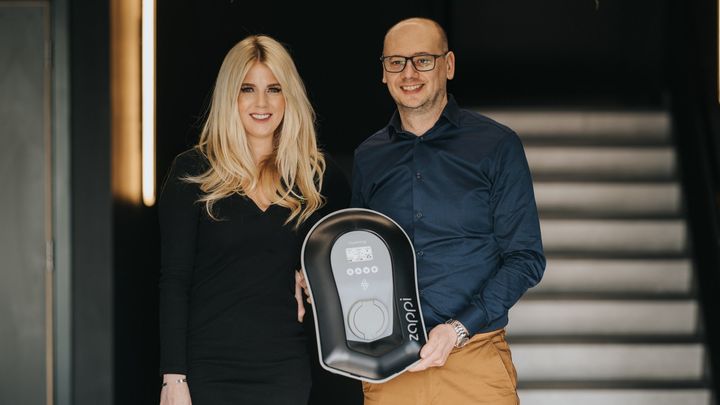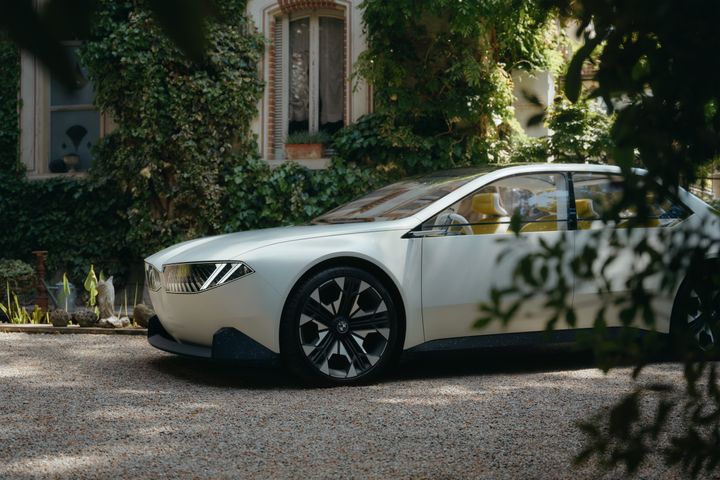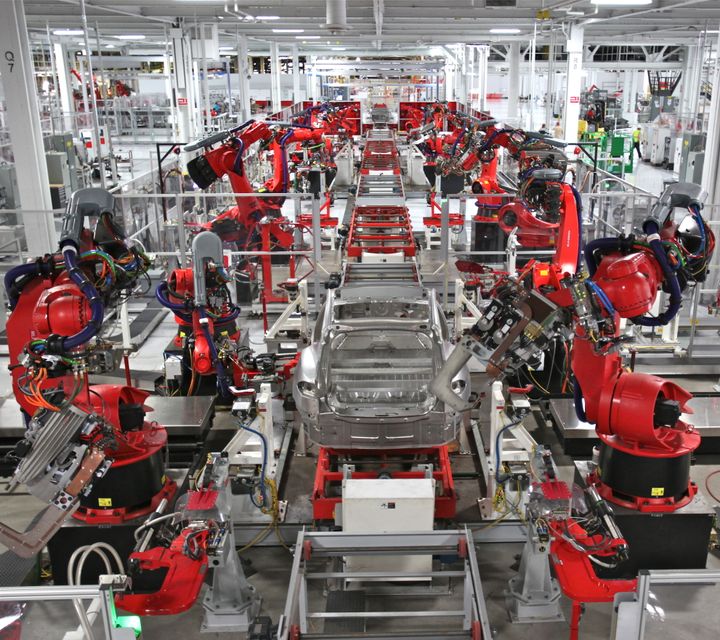NIO and Shell Partner Up To Build First Battery Swap Station in Europe
May 17, Europe: The Chinese automobile manufacturer, NIO has officially opened the first Shell-NIO battery swap station in the Netherlands, following the company's alliance with petrochemical giant, Shell, back in 2021. This partnership could help them further expand their footprint in the European EV Market.
NIO claims that these swap stations could perform 312 swaps per day, but due to certain infrastructural constraints, it would only allow for charging up to 13 batteries in a cycle, at a rate of 20-80 kW. More realistically, 13 batteries with 75 kWh of capacity charging at an average of 50 kW would signify a total daily capacity of around 208 batteries. Moreover, depending on the battery capacity at the swap station, it is expected to serve nearly 40 charges per day in the same space.
Such battery swap stations allow electric vehicle (EV) drivers to quickly exchange their depleted battery for a fully charged one. This process is typically more speedy than traditional EV charging, as it does not require the battery to be charged from a low state of charge.
However, one potential drawback is that the battery swap stations may not be as widely available as traditional EV charging stations, which could make it more difficult for some drivers to access this service. Moreover, the cost of maintaining and operating a battery swap station may be higher than that of a traditional EV charging station.
Although this is not NIO's first battery swap station in Europe, or even the first in the Netherlands, it is the first of its kind which is operating in cooperation with Shell. Apart from this, NIO also currently operates 8 EV charging stations in Europe and its current EU network offers drivers access to over 400,000 third-party chargers. Upon the successful implementation of this alliance, NIO and Shell have further plans of having 100 battery swap stations in China by 2025, and one can expect to see more of these swap stations if the duo sees success in the initial pilot project.




 Industry Inscript is a subsidiary of Valiant and Company Ltd.
Industry Inscript is a subsidiary of Valiant and Company Ltd.
Comments ()